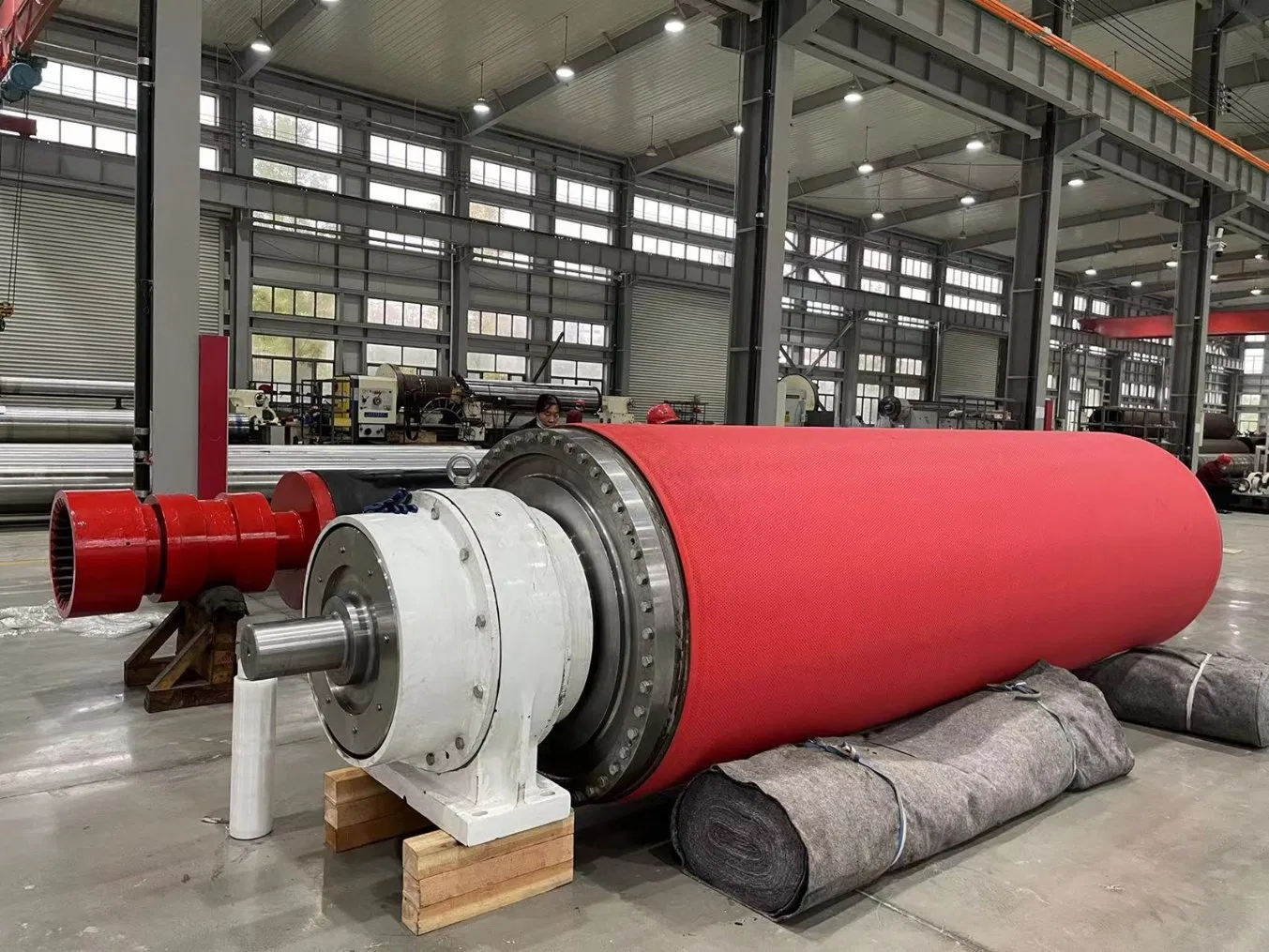Introduction to Roll Surface Treatments
Roll surface treatments are essential in the paper manufacturing industry to maintain the performance and longevity of rolls. These treatments involve modifying the roll's surface properties to ensure optimal interaction between the roll and the paper web. By applying various coatings or textures, roll surface treatments can significantly impact the final paper product's quality, efficiency, and cost-effectiveness.
Enhancing Paper Quality
One of the primary benefits of roll surface treatments is their ability to improve paper quality. For instance, chrome plating can provide a smooth and hard roll surface, reducing wear and improving sheet release. Additionally, specialized coatings can be applied to enhance the roll's ability to absorb water, heat, or chemicals, depending on the specific requirements of the paper-making process. This results in better paper formation, reduced defects, and improved printability.
Extending Roll Life and Reducing Downtime
Regularly scheduled roll surface treatments can significantly extend the lifespan of paper machine rolls. By mitigating the effects of wear, corrosion, and other forms of degradation, these treatments help maintain roll performance and prevent unexpected failures. Additionally, by reducing the frequency of roll replacements and minimizing downtime for maintenance, roll surface treatments can lead to substantial cost savings and increased productivity.
Improving Energy Efficiency
Roll surface treatments can also contribute to energy efficiency in paper manufacturing. For example, applying low-friction coatings can reduce the amount of energy required to drive the rolls, ultimately lowering the overall energy consumption of the paper machine. Furthermore, by ensuring consistent roll performance, roll surface treatments help maintain optimal process conditions, preventing energy waste due to suboptimal operation.
Choosing the Right Roll Surface Treatment
Selecting the appropriate roll surface treatment depends on various factors, including the specific paper-making process, the roll's material and design, and the desired performance characteristics. Some common roll surface treatments include chrome plating, texturing, ceramic coatings, and polymer coatings. By consulting with an experienced roll surface treatment provider, paper manufacturers can ensure they choose the most effective solution for their unique needs.
Conclusion
In conclusion, roll surface treatments play a vital role in the paper manufacturing industry, enhancing roll performance, extending roll life, improving energy efficiency, and ensuring superior paper quality. By investing in regular roll maintenance and selecting the appropriate surface treatments, paper manufacturers can optimize their production processes, reduce costs, and stay competitive in today's market.



